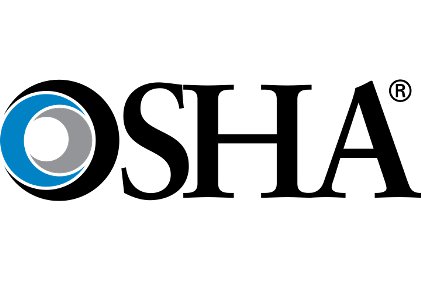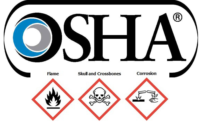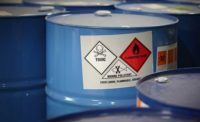 OSHA announced an updated hazard communication standard today that it says will help workers be safer and manufacturers be more competitive by providing a better understanding of the dangers related to chemicals in their workplaces.
OSHA announced an updated hazard communication standard today that it says will help workers be safer and manufacturers be more competitive by providing a better understanding of the dangers related to chemicals in their workplaces.
HazCom 2012 – which the Department of Labor calls, “The Right to Understand,” is intended to deliver hazardous communication “more simply, clearly and effectively,” according to U.S. Secretary of Labor Hilda L. Solis.
The new standard will revise an OSHA hazardous communication standard that has been in place for 30 years. It will classify chemicals according to health and physical standards and will align U.S. procedures with the Globally Harmonized System (GHS) established by the United Nations.
Solis predicted that the standard will prevent more than 5 million injuries and illnesses a year. Additionally, it is expected to will save U.S. businesses $475.2 million in productivity improvements and $32.2 million in updating costs.
Solis said HazCom 2012 will lift barriers to trade, give workers a deeper and more comprehensive level of protection and reduce confusion in the workplace – especially for low wage or low literacy workers
OSHA chief Dr. David Michaels said the change will lead to greater consistency and accuracy. “It will help us protect workers because hazardous communication is really the fundamental basis for chemical protection programs.”
That means getting the material out to workers in ways they can understand – such as in Spanish. Michaels added; “The move to pictograms is a huge leap forward.”
Of the new standard's business ramifications, Michaels said U.S. manufacturers who compete overseas will get an assist, because the Material Safety Data Sheets (MSDS) will not have to be changed for use in other countries. “What this is doing is leveling the playing field.”
Despite the fact that the standard took three years to pass, Michaels said it wasn’t a particularly slow one, and that it moved relatively quickly. “The process that OSHA goes through to set standards – even non-controversial standards – is quite lengthy,” he commented.
Hazards that don’t fit into existing categories will now be assigned to a category named, “Hazards Not Otherwise Classified.” Michaels said this can be used by manufacturers who are developing new materials. “As the science develops, there’ll be the ability to develop new categories.”
Implementation will take place over four years. Employees must be trained on the new label elements and format by December 1, 2013. Manufacturers and importers will have to comply with modified provisions of the new rule by June 1, 2015. This is also when the European Economic Union (EEU) implements their rules.
When asked if he expected OSHA to enact other significant rulemaking this year, Michaels said; “We have plans to issue more regulations. We have a number of things in the pipeline.” He identified an electrical power transmission standard as a high priority item for OSHA.
OSHA issues HazCom 2012 standard



